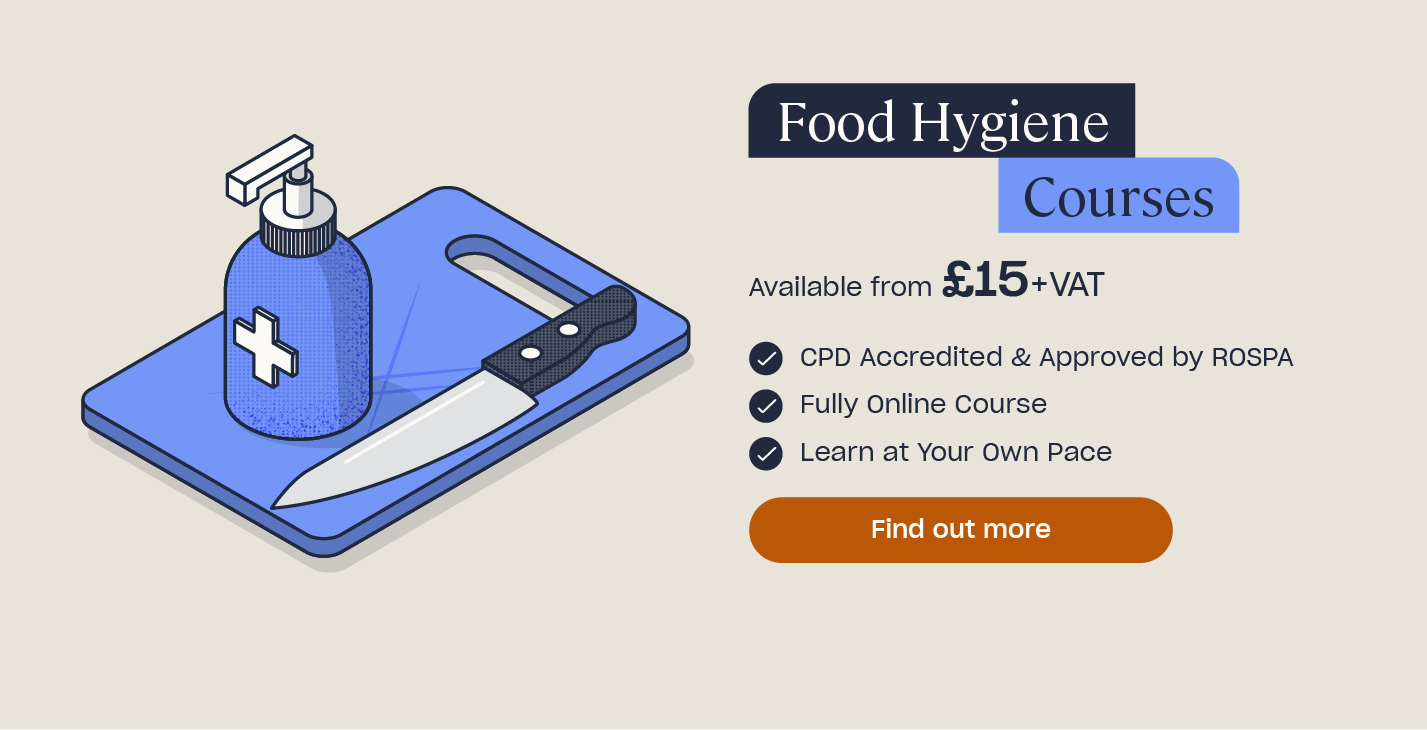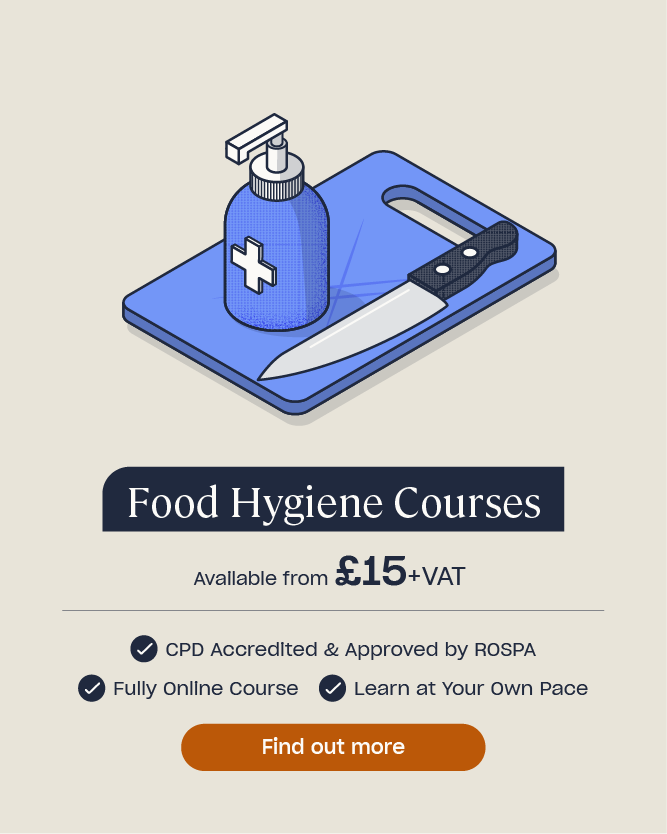What is the Difference between Use By & Best Before Dates?
Food labels provide a wide range of information about foods. They show nutritional information, ingredients and a range of different dates.
Use by and best before dates (as well as sell by and display by dates) are often confused, but the differences between them are easy to remember once you know what they are.
Difference Between Use By and Best Before
Use by dates indicate when a product may no longer be safe to eat. You should not eat, cook, or freeze it after the date displayed, even if it looks or smells fine. Best before dates are an indication of quality rather than safety. You can still eat food after its best before date, but its flavour and texture is most likely not as good as before the date.
Use by dates are typically present on meats and dairy products, as well as ready meals like salads. Always follow the storage instructions on the product (usually refrigeration or freezing). Otherwise, it may no longer be good to eat – even before its use by date.
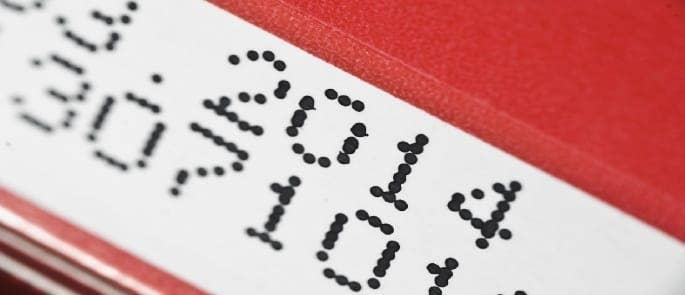
Best before dates are usually displayed on products that do not require refrigeration or freezing. For example, dry pasta, bread, tinned products, fruits and vegetables, and uncooked rice. The length of a product’s best before life varies greatly between foods. For example: bread usually has best before dates of no more than a week, while tinned products can last for years.
The way in which you store the product also lengthens its best before life. For example: keeping it in a cool, dry place, and reducing air exposure to the product (by keeping it in its original packaging or food bags). You can even refrigerate some best before products, like fruit and veg, to expand their life.
Want to Learn More?
Our Food Hygiene Training is designed to ensure a comprehensive knowledge of all food safety and hygiene procedures. You can also find our Food Labelling Regulations Course here.
Use By Dates
- Use by dates state the time up to which a food is safe to eat.
- They are generally found on high-risk foods which require refrigeration, such as fish, meat products, pre-prepared foods and dairy products.
- Using food after its use-by date can put you at risk of food poisoning. Make sure you pay attention to what the date on the label says.
- Foods that have passed their use-by date may still look OK to eat, but harmful bacteria cannot be seen and does not have a smell.
- Foods labelled with a use-by date should be checked daily to make sure they are still safe to eat.
- Freezing food before its use-by date extends its life. But once defrosted, you should eat the food within 24 hours. Do not freeze food after its use-by date.
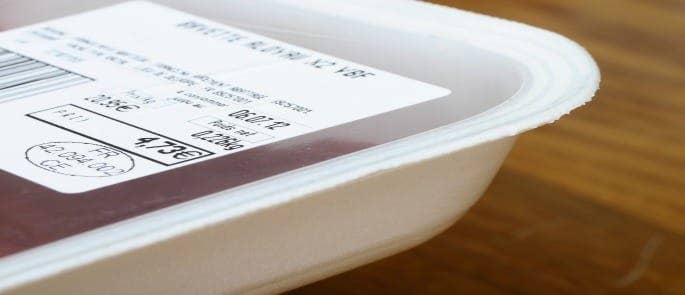
Best Before Dates
- Best-before dates indicate the length of time for which a food will be at its best quality.
- They appear on a wide range of foods including fresh, frozen, dried and tinned.
- Food that has passed its best-before date is not unsafe to eat, but it may lose some of its flavour, texture and quality.
- Best-before dates generally appear on foods with a longer shelf life.
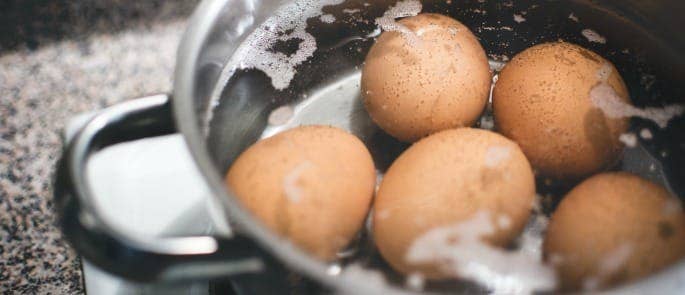
Best Before Dates on Eggs
- Eggs can be eaten 24-48 hours after their best-before date has passed, providing that they are cooked thoroughly. Cook until the white and yolk are both solid or bake it into another food, such as a cake.
- When the best-before date on eggs has passed, the eggs will deteriorate in quality, and any salmonella present could multiply and make you unwell. In this case, you must cook the eggs thoroughly in order to kill any harmful bacteria.
Sell By and Display Until Dates
These often appear next to the use-by and best-before dates on food labelling. They are instructions for the retailers, not customers. So don’t worry about them; they are not important for you to look out for. They do not determine the date past which it is safe to eat the food.
Further Resources:
- What Type of Training Must Food Handlers Receive by Law?
- Food Allergen Labels: Free Download & Advice
- Can I Cook This From Frozen?
- Answering Your FAQs About Egg Safety
- Understanding Factors Affecting the Shelf Life of Food Products


